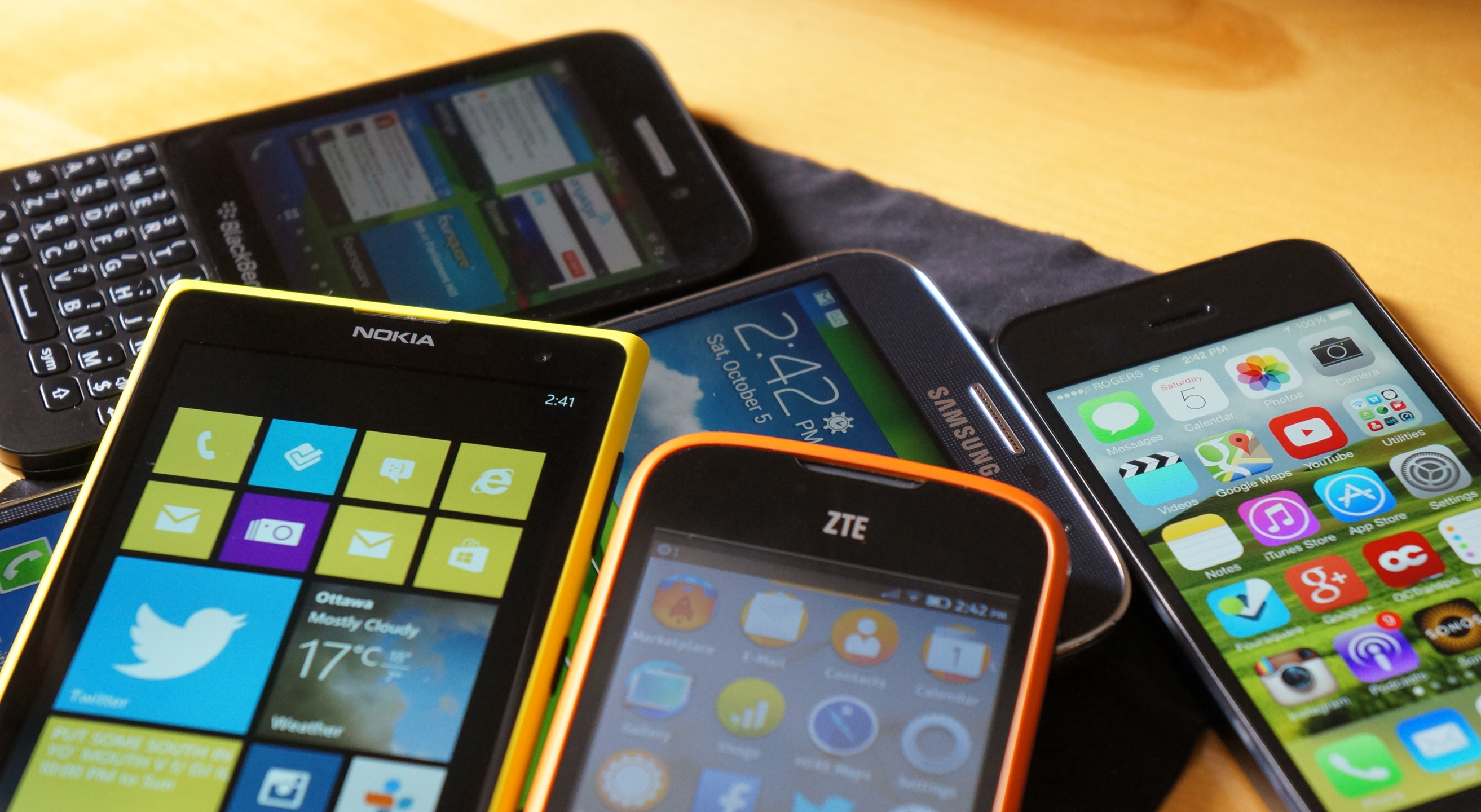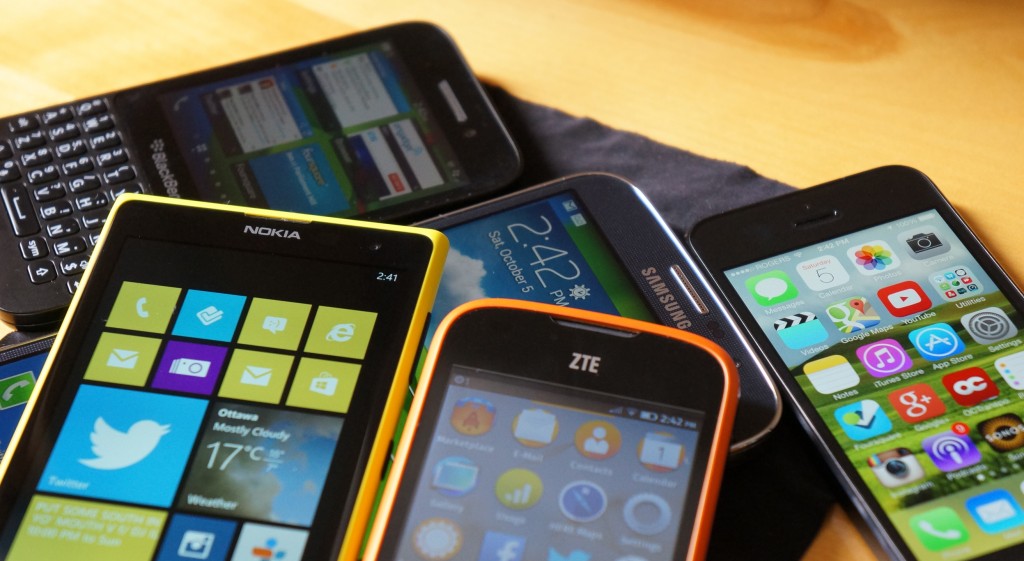Are you a PC or a Mac user? Either way, you can’t really deny the success that Windows have had over the years – being the world’s number one operating system for PC users, but success aside, are you aware of all the things Windows have gone through since the launch of their very first operating system?
Thankfully, an infographic has been released by Best STL which manages to detail the rich and ground-breaking journey that the Windows platform has gone through in its 30 year lifetime.
Windows 1 was launched in 1985 – a year after the very first Apple Macintosh computer was released. Primarily run on MS-DOS installations, which allowed pre-existing MS-DOS software and new graphical programs to be run. The reception of the operating system was met with mixed responses from critics, but that was not to stop the company from moving forward in realising the power that Windows had.
Three years later and Windows 2 was released. This marked an important occasion for the company as it was the first system that featured Microsoft Word & Microsoft Excel –essential software that is still widely used today.
In 1990, Windows 3 was released & was the most comparable version to the Apple software, with graphical advancements that made it the most successful version of Windows thus far. It was also the first version to be pre-installed on hard drives by PC-compatible manufacturers, allowing consumers to have the system on their PC straight out of the box.
The success of Windows heightened with the releases of Windows 1995 and 1998 as more and more people started owning computers in their homes. Alongside the release of Internet Explorer, this meant there was more demand for a PC than ever before.
The most popular version of Windows probably still stands at 2001’s release of Windows XP. According to an article in 2009, it was reported as “still having nearly 59 per cent market share” and there is still demand for updates today. Even after the releases of Vista, 7, 8 and 9.
It’ll be interesting to see what Windows 10 brings when it is released at the end of July. Will it be a Windows 98 or XP type release or will it make just as much of an impact as the Millennial Edition or Windows 8 did? Have a look at the infographic below.















































